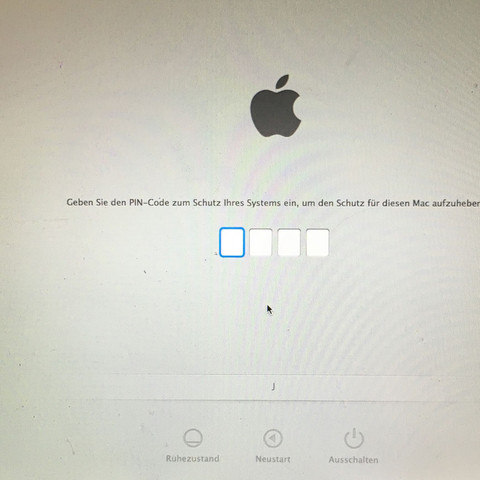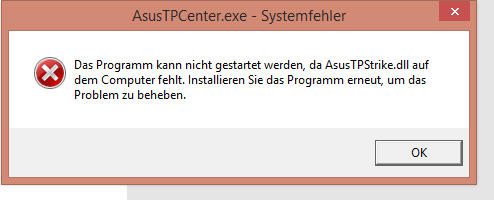Snapchat löschen und wieder installieren?
Hi, ich benutze die App snapchat sehr gerne und täglich doch seit gestern Abend kann ich mir keine Storys mehr angucken bzw da steht nur " aktualisieren fehlgeschlagen. Versuchs nochmal " und ich hab überlegt die App zu löschen habe aber Angst dass mein score mir Freunden ( 200 Tage ) weg gehen oder die Bilder ( alle gespeichert ) einfach weg sind. Kann ich die App kurz löschen und wieder installieren ohne dass irgendwas weg ist? Danke


